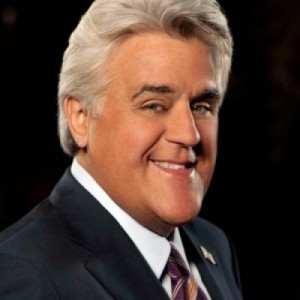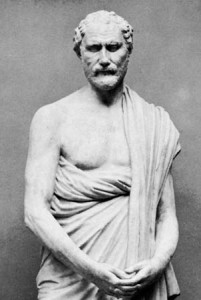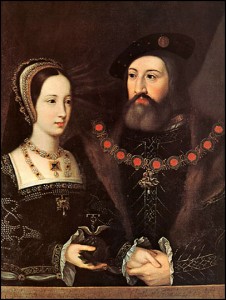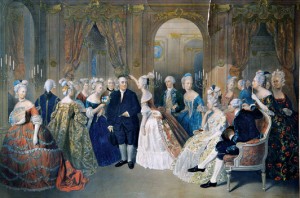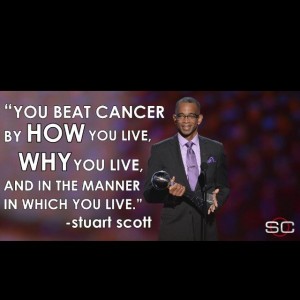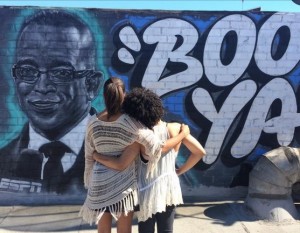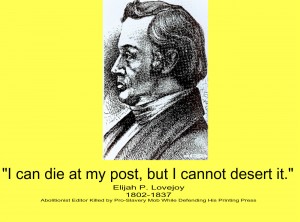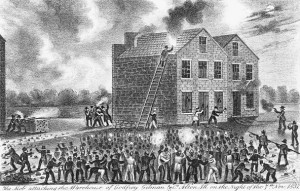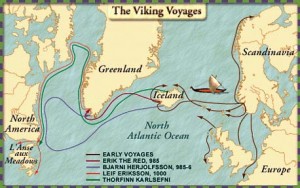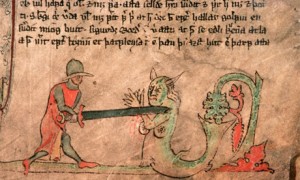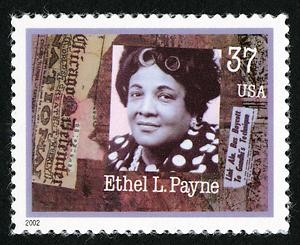There’s nothing new about a coffee shop. Since their inception they have been a place to gather, exchange ideas, and indulge. A multipurpose space, used for business meetings, interviews, dates, and in the old times (think 1700s )– news.
A quick Google search highlights coffee’s roots and its journey from the Ethiopian forest to the land of Arabia where it was traded and consumed. As legend has it, coffee was discovered by a goat herder after he witnessed his flock full of energy after eating the red berries. Trying it for himself, he also experienced the effects of caffeine.
Fast forward to the late 1500s, and coffee has fully spread to countries like Egypt, Yemen, and Turkey. In turn, coffeehouses quickly sprang up and created a lively atmosphere and unrivaled social scene. Where there are people, there is talk; they became the place to share information.
Soon thereafter, coffeehouses spread from Arabia to Europe. Venice, Paris and then England.
Thomas Jefferson is quoted as saying ‘Coffee – the favorite drink of the civilized world’. In this case, I assume that by ‘civilized’ he meant educated or informed. As the popularity of coffeehouses rose, so did the need for them and their information. Mitchell Stephens in ‘A History of News’ quotes a newspaper from 1712 in which he describes the brewing obsession as,
‘ a furious itch of novelty…proved fatal to many families …the meanest of shopkeepers and handicrafts spending whole days in coffee-houses, to hear news and talk politicks, whilst their wives and children wanted bread at home…’ (Stephens, pg 7)
He goes on to say that it is not so much the content of the news, but the obsession with being in the loop.
So how does this relate to us now? Surely people don’t meet in coffee shops to get the news? That statement really depends on how you define news.
Have you ever gone into Starbucks to find out what the song of the week and snag the free download? What are the chances that you were singular in that? Perhaps you didn’t go to Starbucks with the sole intention of knowing what the song was, but upon your arrival sought it out and even indulged if you downloaded. Starbucks just exchanged ‘news’ with you and all this time you thought you were getting that Frappe’ alone. It’s perhaps a menial comparison but goes along the lines of what Stephens was saying when he made the argument for the need of news as opposed to the content.
While ‘word-of-mouth’ is still a large part of our society, we now more so rely on non-verbal ques like persuasive marketing to fuel our need for consumption. The way we communicate may have evolved, but the necessity to has not.
-J.




